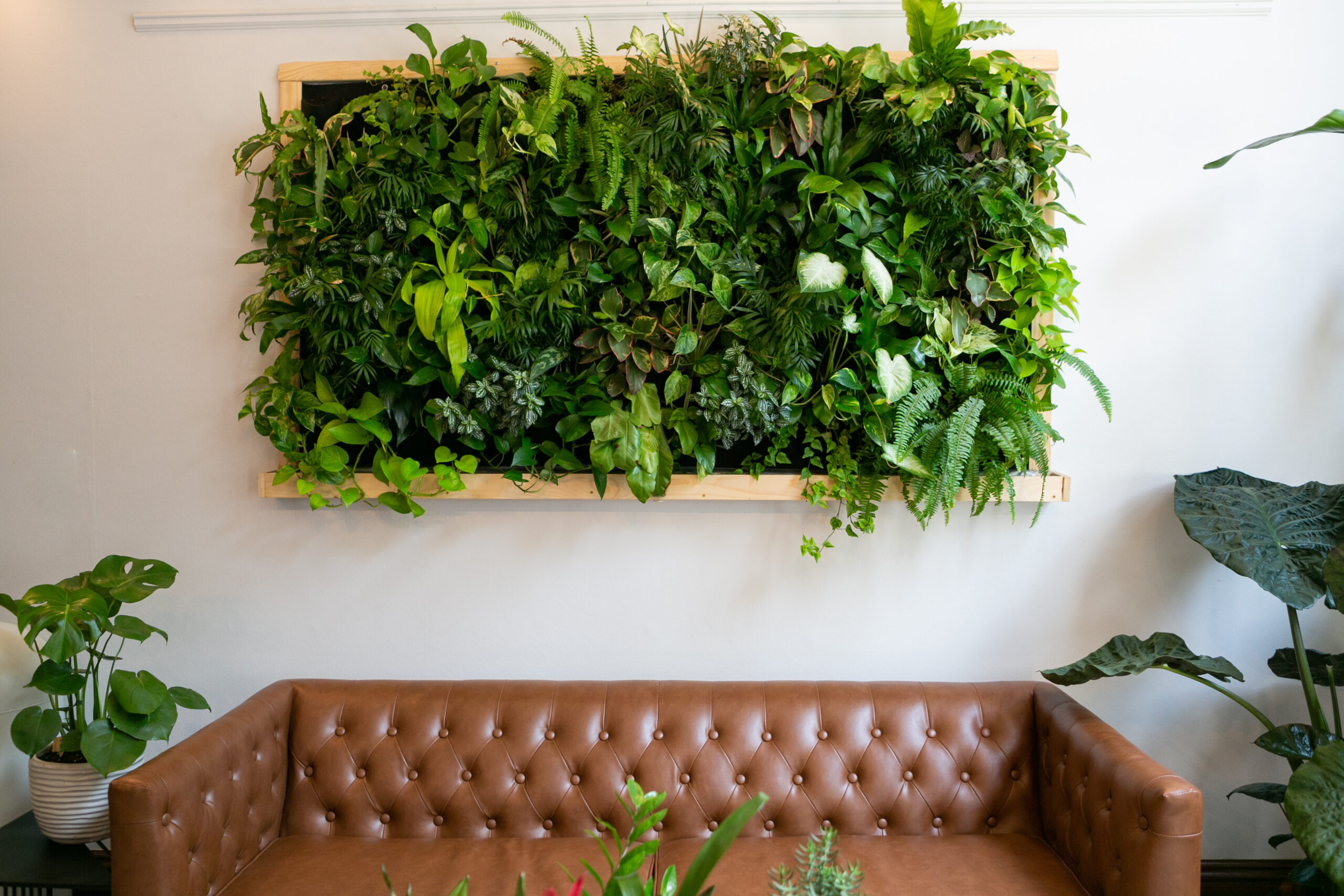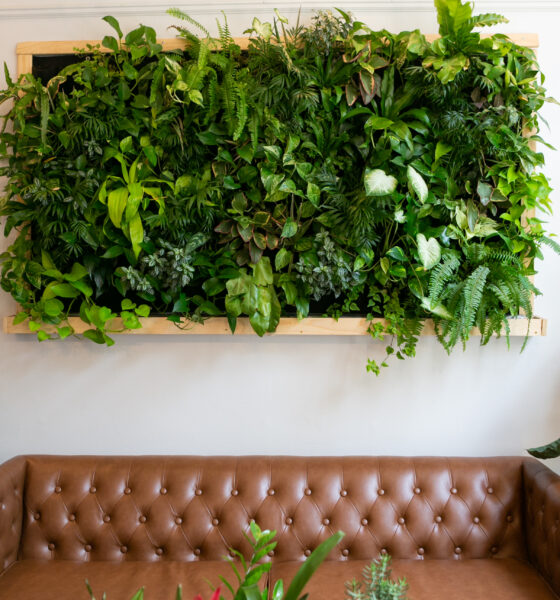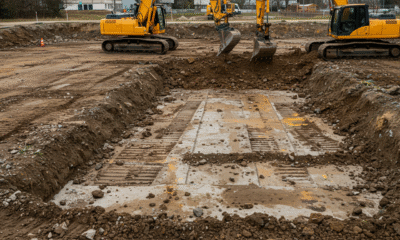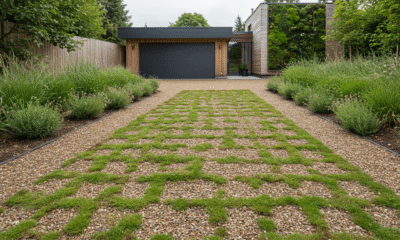

Environment
Living Walls: What They Are & How to Install One in a Green Building
Living Walls, also known as Green Walls are not only a fantastic interior design feature, but they also make a great ecofriendly addition to any building. Living walls have been a feature of green businesses for a number of years, but it is only recently that we’ve seen these innovative installations in homes too. They are a great option to bring some extra greenery to the smallest of spaces – you don’t need a garden or even a courtyard, all you need is a wall!
Read on to learn more about living walls and some tips on installing a living wall in your home or business.
What are Living Walls?
There are a lot of steps that you can take to make your home eco-friendlier. One of the most overlooked ideas is installing a living wall.
These walls of plants are self-sufficient since they have a comprehensive watering system. These walls can be displayed to the interior as well as the exterior of a building. However, green walls are different from ivy walls or green facades. In living walls, the roots of the plants grow into a supportive structure that is fixed to the wall. The plants’ nutrition and water also depends on the built-in system instead of the soil, so you won’t need to worry about a separate private well or water reservoir.
Choosing the right plants for your living wall depends on climatic compatibility. Since living walls are a complete system of their own, they can accommodate an extensive variety of flowers. You can come up with attractive patterns and select the most suitable structure in terms of weight and the type of building. Living walls are also lightweight since they feature a porous material instead of heavy soil and contemporary living walls often feature attractive lights for exceptional display after dark.
Installing a Living Wall in Your House or Business
Living walls are built on a strong, internal frame. However, this frame needs to be attached to a wall of some kind. If installed properly, it will not damage the original wall. The frame of the living wall has waterproof panels mounted on it, with space in between the wall of the building and the frame of the living wall have space for proper airflow. If you live in a warmer climate, this feature will help to reduce the temperature inside the building in an environmentally-friendly way.
If you have a certain level of skill and knowledge, you can install a living wall yourself. However, this is a reasonably complex undertaking so it may be better to hire a professional company like phs Greenleaf – they have the experience to install a living wall that will last for years to come.
Before installing a green wall, you need to select an appropriate watering system to water the plants on the wall. The next step is to select proper lighting depending on the interior or exterior of the building. The indoor living walls require a more carefully-selected lighting system for the optimal growth of the plants. Based on this, you can then look for the most suitable combination of plants.
There are three basic steps to install a living wall in your home or business:
Step 1. Fix Railing Tracks
- Measure the dimensions of the living wall and mark the points on the building wall where the frame will be fixed.
- Fasten the vertical railing tracks so there is still space between the building wall and the vertical tracks. This will ensure the necessary airflow.
- Once done, continue installing the horizontal railing tracks.
Step 2. Fix the Irrigation System
- Attach the watering system while making sure that the water flow is evenly balanced. This is where you may need expert help!
- Attach the watering system with brackets.
- Fix facing material (wood or aluminum) to hide the irrigation system.
Step 3. Install Planter Modules
- The horizontal rails have slots for the planter modules. Once you install these planters, you are ready to plant your plants or seeds.
Benefits of Living Walls
Livings walls do not leave lasting marks on the wall of the building. Living walls are also easy to maintain. The automatic irrigation system takes care of the watering process.
Additionally, conventional ivy walls do not offer many options in terms of the variety of plants. With living walls, you can plant your favourite flowers and shrubs. You can even come up with different attractive patterns.
Living walls do not only look attractive on the outside of a building but also have the potential of adding to the aesthetic appeal of the inside of the building, leaving your visitors amazed and impressed.
Interior living walls also benefit your health! With a suitable selection of plants, you can optimise air quality inside your home or business. They can also boost the productivity of your staff since plants help reducing stress in the workspace.
Living Walls Are Extraordinary Opportunities to Create Eco-Friendly Homes and Buildings
With a little care and interest, you can turn your house or workplace into something utterly amazing. A dead, dull concrete wall can be turned into an eco-friendly, living paradise. Almost everyone loves natural beauty but we don’t often have an opportunity to get into nature. A living wall in your home or office will bring nature to you!


 Environment9 months ago
Environment9 months agoAre Polymer Banknotes: an Eco-Friendly Trend or a Groundswell?

 Environment10 months ago
Environment10 months agoEco-Friendly Home Improvements: Top 7 Upgrades for 2025

 Energy12 months ago
Energy12 months agoA Closer Look at The Rapid Growth of Solar Energy in Ireland

 Features8 months ago
Features8 months agoEco-Friendly Cryptocurrencies: Sustainable Investment Choices





























